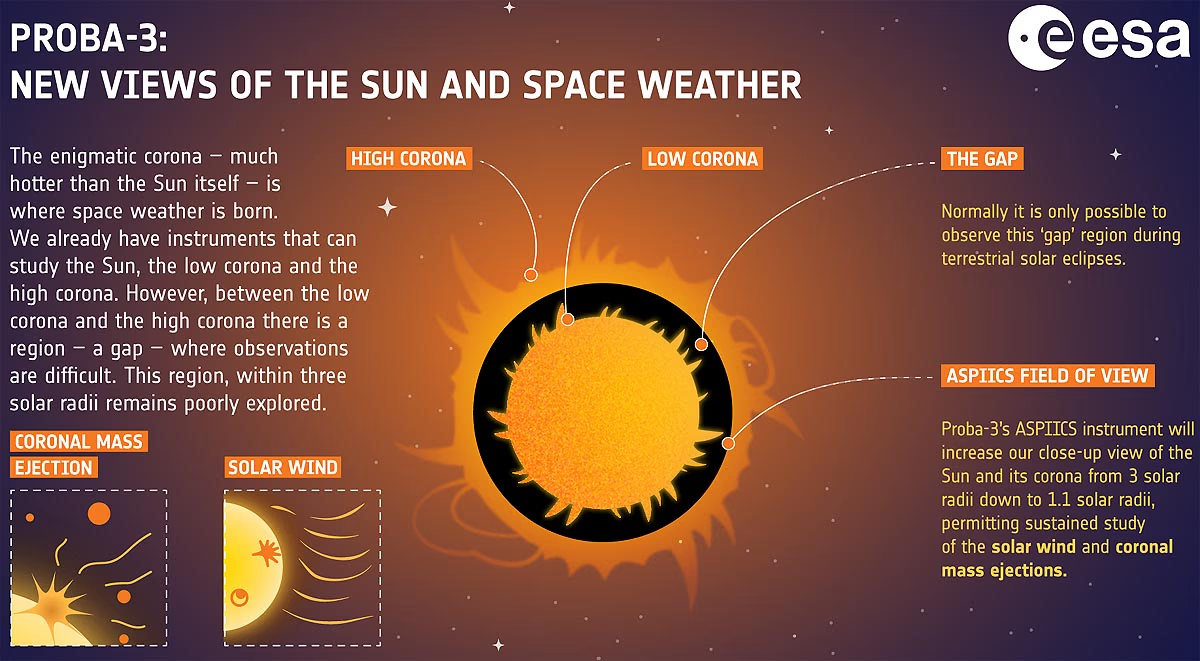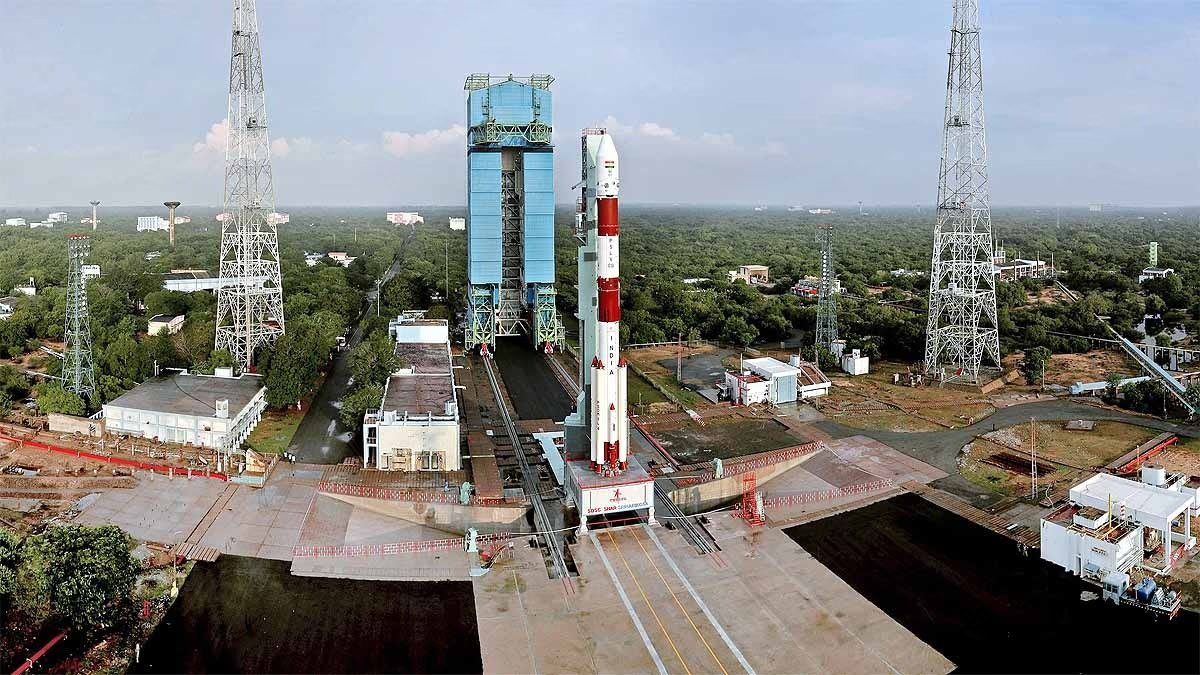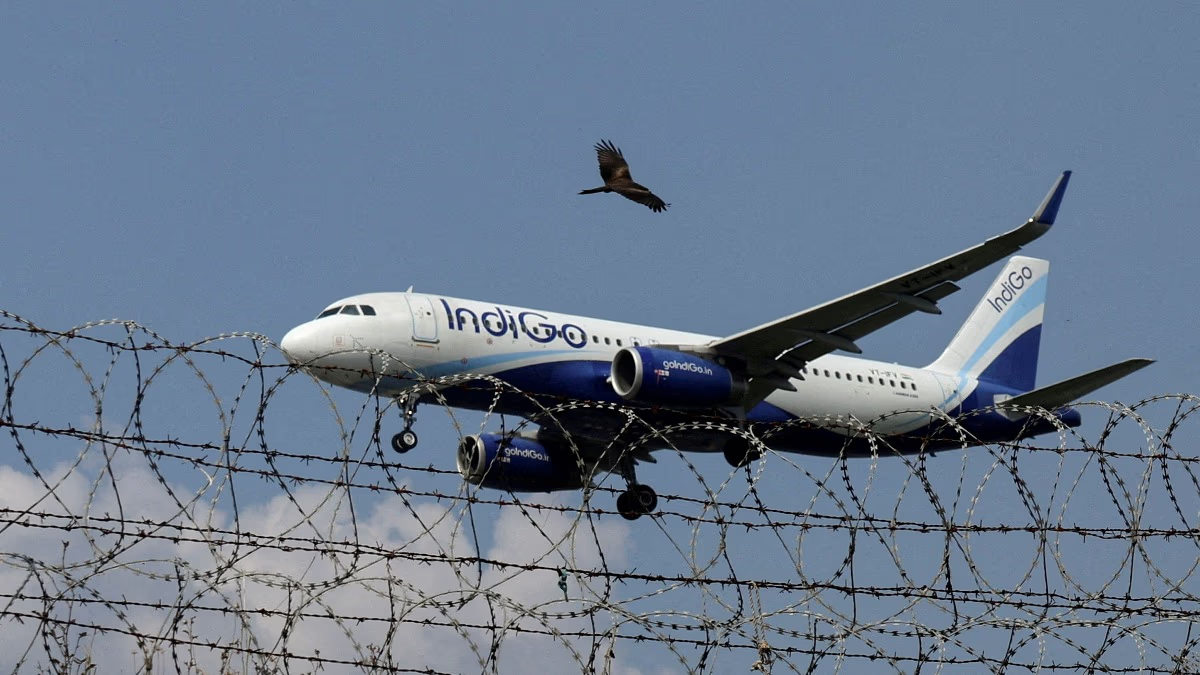Following the detection of issues with the European Space Agency's (ESA) Proba-3 satellite, ISRO has decided to postpone its launch. The new launch date is set for December 5, 2024, at precisely 4:12 PM from Launch Pad 1 at the Satish Dhawan Space Centre in Sriharikota. Although both ISRO and the European Space Agency have noted the problem, the specific details of the satellite's issues remain undisclosed.
Discover more about ISRO's remarkable rocket...
ISRO will employ the PSLV-C59 rocket for this mission. The 'C59' designation is the rocket's launch code, marking its 61st flight and the 26th flight for the PSLV-XL variant. This towering rocket measures 145.99 feet in height and weighs 320 tons at launch. It is a four-stage rocket designed to deploy the Proba-3 satellite into an elliptical orbit of 600 X 60,530 km within approximately 26 minutes.
Understanding the Proba-3 satellite...
The Proba-3 is renowned as the world's first precision formation flying satellite, involving the launch of two separate satellites weighing a total of 550 kilograms: the Coronagraph Spacecraft and the Occulter Spacecraft.

Source: aajtak
The Coronagraph Spacecraft...
This 310-kilogram satellite will face the Sun, equipped to target using laser and visual-based instruments. It features ASPIICS—an association of spacecraft for the polarimetric imaging and investigation of the Sun's corona—alongside the 3DEES, a 3D energetic electron spectrometer. These instruments will study the gap between the Sun's outer and inner corona while positioning itself like the Moon does during a solar eclipse.
The Occulter Spacecraft...
This 240-kilogram spacecraft will orbit behind the Coronagraph, similar to how Earth aligns with the Moon during an eclipse. It includes the DARA (Digital Absolute Radiometer Science Experiment Instrument) to analyze data from the corona.
Analyzing the Gaps Surrounding the Sun

Source: aajtak
Together, these satellites will orbit Earth in a straight line, 150 meters apart, studying the solar corona. In the image above, you can see a dark circle over the Sun, which is the focal point for the Proba-03 mission.
In essence, there are two types of corona being studied by various satellites—high corona and low corona. However, the Proba-03 will focus on the gap between these two regions, the dark area. Thanks to its ASPIICS instrument, studying this dark gap becomes more feasible.
This project will also investigate solar winds and coronal mass ejections. With this satellite, scientists can study space weather and solar winds to understand the Sun's dynamics and their effects on Earth. The satellite comprises two primary sections.




